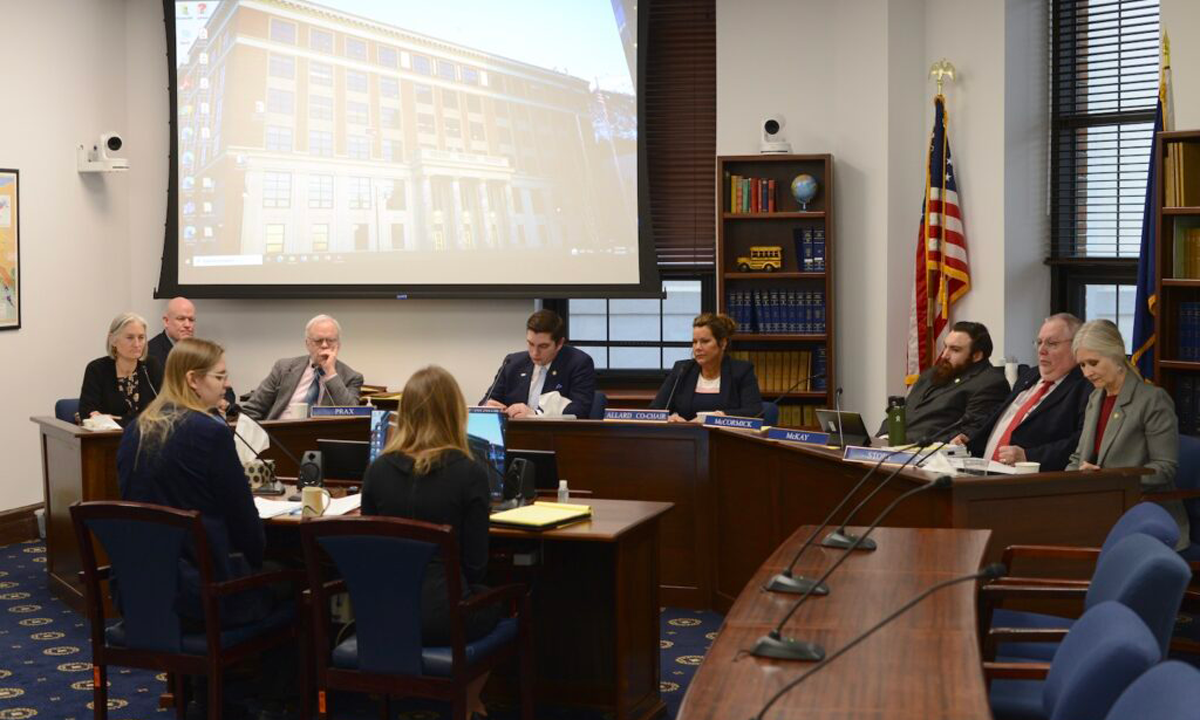K-12 Funding Increase Takes First Step Forward in Alaska House
The Alaska Senate’s bipartisan majority has already said it supports an increase, and a Senate bill is advancing separately

Get stories like this delivered straight to your inbox. Sign up for The 74 Newsletter
The Alaska House Education Committee voted 5-2 Wednesday morning to raise the amount Alaska pays K-12 schools per student, a figure known as the base student allocation.
The decision followed five hours of public testimony — almost entirely in favor of the idea — Tuesday night in the Capitol. Advocates for public schools say an increase is needed to compensate for inflation-driven increases in the cost to educate Alaska students.
Two members of the House’s predominantly Republican coalition majority voted in favor of the increase, a sign that the idea may have enough support to pass the House.
The Alaska Senate’s bipartisan majority has already said it supports an increase, and a Senate bill is advancing separately.
The increase proposed by the House committee would be $680 this year and another $120 next year. When complete, the base amount the state pays schools per student would rise from $5,930 to $6,730; that amount is multiplied for special-education students and students in rural areas. Once the additional factors are included, the total increase will be significantly higher.
The increase proposed by the committee is less than what public-school advocates have urged and less than the Senate proposal, which includes $1,000 this year and $348 next year.
Rep. Dan Ortiz, I-Ketchikan, proposed the increase at $1,250 per student and said that while he’s disappointed to see the committee cut his proposed amount, he’s glad to see the bill advance.
“The number is disappointing in terms of what I understand the needs are,” he said, but he suggested that members of the House Finance Committee — the bill’s next destination — could increase the amount.
Even if the House fails to raise the figure, the Senate proposal will add pressure for a bigger figure.
“There likely will be an increase to the BSA based on what we’re seeing come from the Senate,” he said.
Those who oppose the increase also said that future actions will determine the result.
“I think it’s a long game; we’ll see how it turns out,” said Rep. Jamie Allard, R-Eagle River and one of two committee members who voted no.
Allard and Rep. Tom McKay, the other “no” vote, expressed concerns about the cost of the increase and said they wanted to see better performance from public schools before they agree to spend additional money.
McKay suggested cutting the increase to $150 per student, but that amendment was voted down by the committee.
Voting in favor of the increase were Rep. Mike Prax, R-North Pole; Rep. Justin Ruffridge, R-Soldotna; Rep. Rebecca Himschoot, I-Sitka; Rep. CJ McCormick, D-Bethel; and Rep. Andi Story, D-Juneau.
“I’m not in love with this,” said Himschoot of the figure passed by the committee, “but I am happy to get it moving.”
Alaska Beacon is part of States Newsroom, a network of news bureaus supported by grants and a coalition of donors as a 501c(3) public charity. Alaska Beacon maintains editorial independence. Contact Editor Andrew Kitchenman for questions: [email protected]. Follow Alaska Beacon on Facebook and Twitter.
Get stories like these delivered straight to your inbox. Sign up for The 74 Newsletter

;)